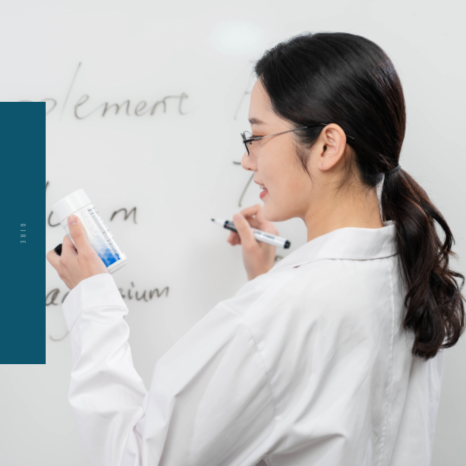| Pharmacy Programs in the US | Pharmacy School Admission Guide | |||||
|---|---|---|---|---|---|
|
Pharmacy Graduate School The most common pathway to becoming a pharmacist in the US is through pharmacy graduate school. Similar to the process in many other countries, students must complete a pharmacy program to qualify as a pharmacist. The prerequisites for pharmacy school are akin to those for medical school. Students must complete specific undergraduate coursework and prepare for the Pharmacy College Admission Test (PCAT).
The general requirements for admission to pharmacy school include: - Prerequisite undergraduate courses - Undergraduate GPA - PCAT scores - Letters of recommendation - Clinical shadowing experiences - Extracurricular activities, personal statements, and interviews
Integrated Program 1: 0-6 Programs One popular option is the 0-6 program, which allows students to complete two years of pre-pharmacy coursework followed by four years of professional pharmacy education, all within six years. This program contrasts with the traditional route that typically takes eight years (four years of undergraduate study plus four years of pharmacy school). To qualify for a 0-6 program, high school students must meet the admission criteria set by the pharmacy school’s admissions office, including AP, IB, CLEP, SAT, and ACT scores, as well as minimum GPA requirements. Notable schools offering 0-6 programs include: - Albany College of Pharmacy - Duquesne University - Florida A & M University - Hampton University - Northeastern University - Ohio Northern University - Rutgers University - St. Louis College of Pharmacy - University of Connecticut - University of the Pacific
- University of Pittsburgh Integrated Program 2: Early Assurance Programs Another integrated option is the Early Assurance Program. In this pathway, students complete two years of undergraduate coursework before transitioning to the four-year professional pharmacy program. Unlike the 0-6 program, this is considered a "transfer" process. To secure a spot in the professional program, students must maintain a minimum GPA of 3.0 during their pre-pharmacy years and may also need to submit additional applications, participate in interviews, or provide PCAT scores, depending on the school. Pharmacy schools offering integrated programs seek students who not only excel in math and science but also demonstrate significant academic achievements in these areas. High school activities that can strengthen an application include participation in science Olympiads, biology-related debates and research projects, and volunteering at nursing homes. However, the most impactful experiences are those related to pharmacy research. Research experiences in fields connected to pharmacy, such as biology, biochemistry, physics, or other STEM areas, along with awards from research competitions, can be powerful indicators of a student’s readiness for pharmacy school. |
 Click here to book
Click here to book
an information session!
(online & live)
Blog
HOME
Blog


 이전글
이전글
